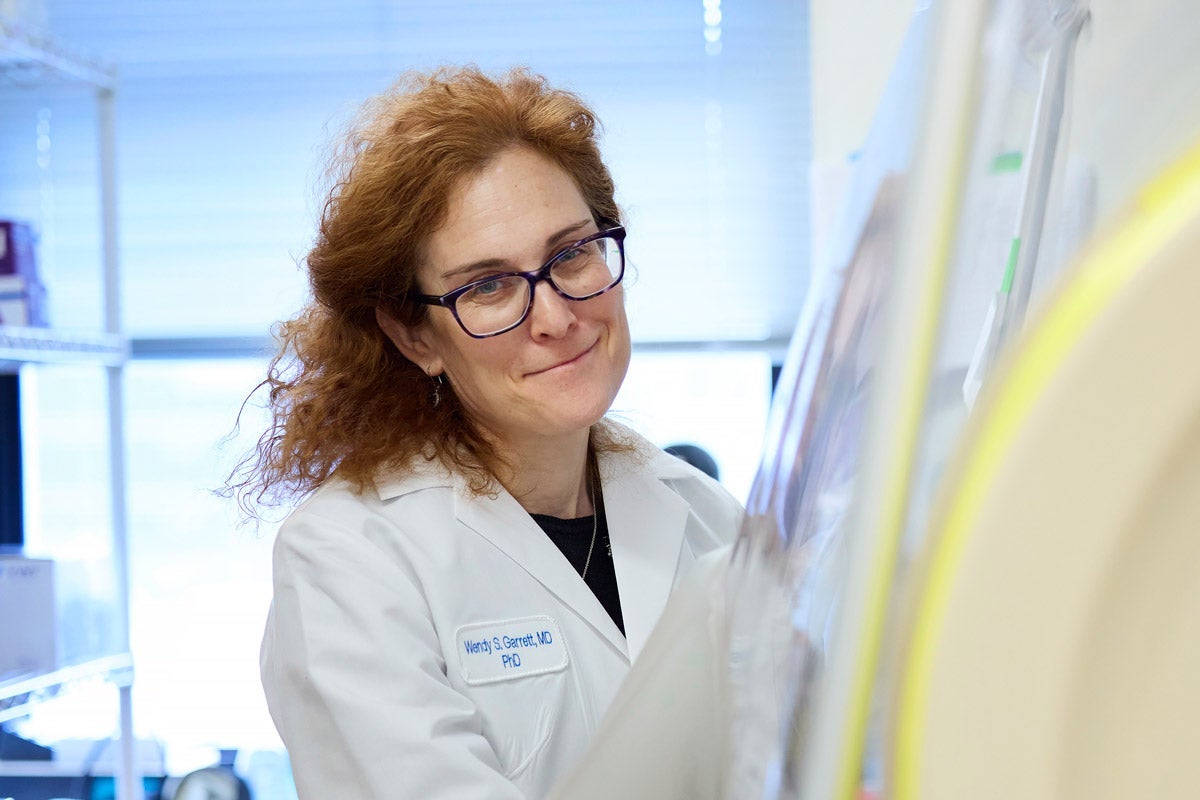The microbiome is worlds within worlds

September 12, 2024 – Wendy Garrett is Irene Heinz Given Professor of Immunology and Infectious Diseases at Harvard T.H. Chan School of Public Health. Here, she explains one thing she thinks everyone should know about.
There are constellations of microorganisms that live within and on the human body as well as in our environment—from our cellphones to our eyeglasses. They interact with one another as well as with other biological systems, influencing our propensity for health and resistance to death.
Studying them is almost like looking through a kaleidoscope.
The microbiome is filled with wonder—from the shapes and functions of the bacteria, archaea, protists, viruses, and fungi to the molecules they produce. Microbes make chemicals that influence immune system function; we love uncovering them and identifying how they work. These “what is it,” “how is it made,” and “what does it do” questions are exciting. Finding a molecule that is new to us and seeing it improve a disease in an animal model is thrilling—a eureka moment.
Understanding these tiny living creatures and the chemicals they produce is a vital part of our journey to improve health and make the world a better place.